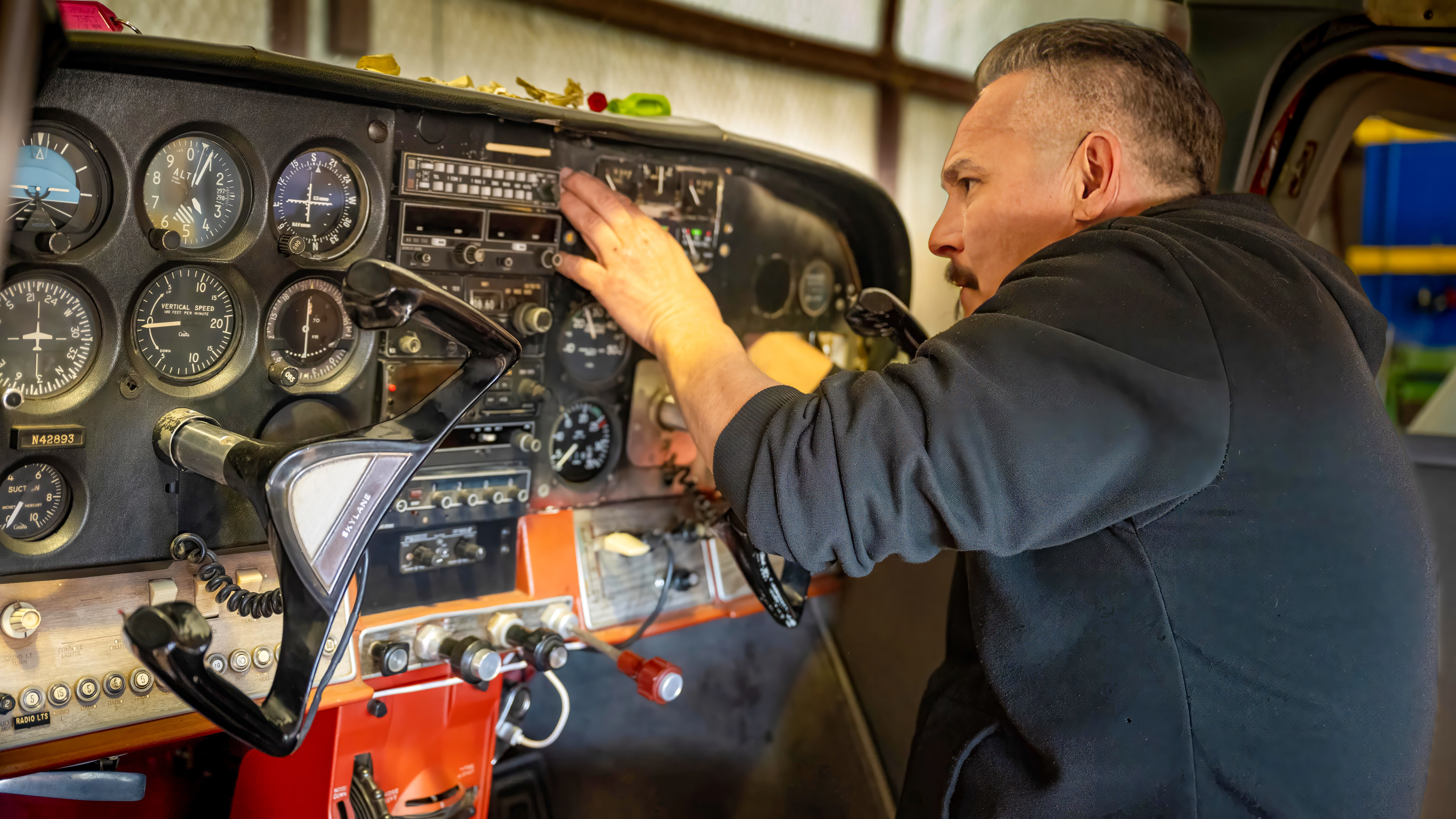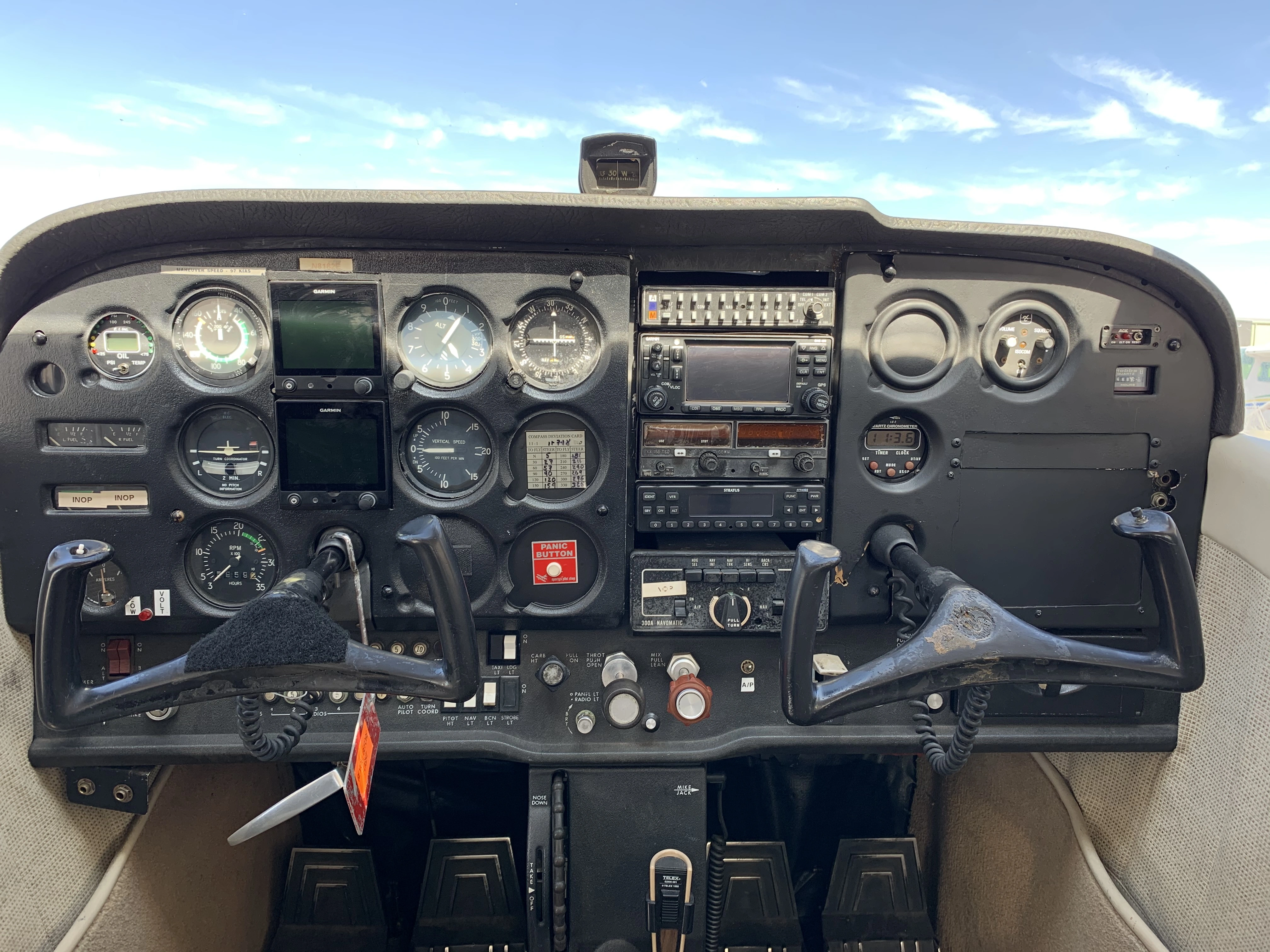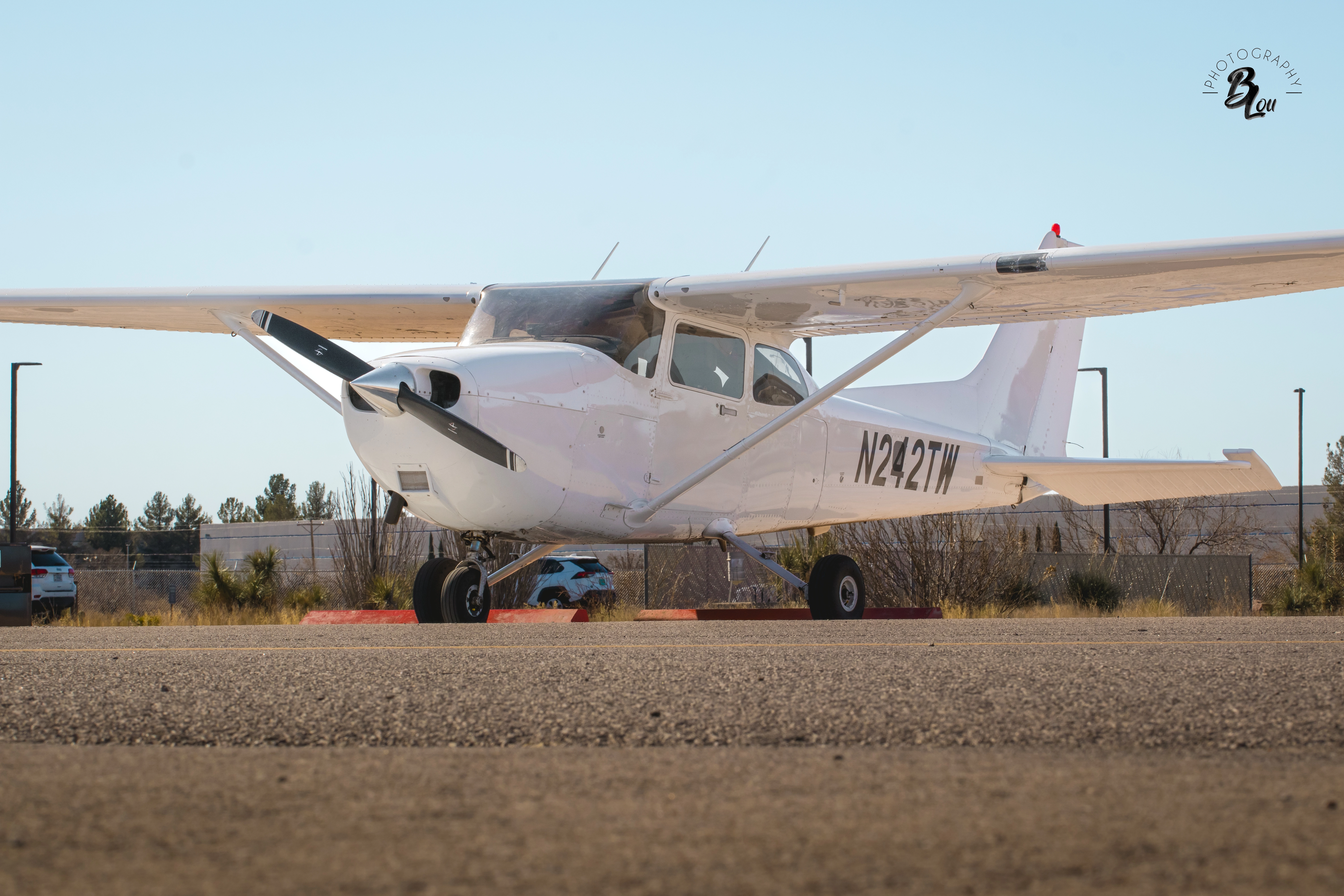Reading an Instrument Panel
by Tomas Peralta
3 min read ·

Flying demands a thorough understanding of your aircraft’s instrument panel. These instruments are pivotal in providing real-time data on the plane’s performance and position. At Red Arrow Flight Academy, we emphasize the importance of mastering these tools to ensure our students can navigate safely and efficiently.
Core Flight Instruments
In every cockpit, the “six-pack” instruments are fundamental. These include the Airspeed Indicator, Attitude Indicator, Altimeter, Vertical Speed Indicator, Heading Indicator, and Turn Coordinator. Each instrument serves a unique purpose:
-
Airspeed Indicator (ASI): This measures how fast the aircraft is moving through the air. Understanding speed ranges such as Vne (Never Exceed Speed) and Va (Maneuvering Speed) is crucial for safe operations.
-
Attitude Indicator (AI): This shows the aircraft’s orientation relative to the horizon, which is vital for maintaining proper flight posture, especially in poor visibility.
-
Altimeter: By measuring altitude above mean sea level, the altimeter helps pilots maintain safe flight levels and clearances.
-
Vertical Speed Indicator (VSI): This indicates the rate of climb or descent, assisting in smooth altitude changes.
-
Heading Indicator (HI): Providing the aircraft’s direction, the heading indicator is essential for navigation, more stable than a magnetic compass.
-
Turn Coordinator: This helps pilots execute coordinated turns, displaying the rate and quality of the turn.
 The instrument panel of one of our aircraft at KDNA
The instrument panel of one of our aircraft at KDNA
Additional Instruments
Modern aircraft often include other instruments that enhance flight safety and navigation. The Magnetic Compass, though basic, serves as a reliable backup for heading information. Advanced Navigation Instruments like VOR, ADF, and GPS provide additional navigational data. Engine instruments such as the Tachometer, Oil Pressure, and Temperature Gauges, along with Fuel Quantity Gauges, are vital for monitoring the aircraft’s health and performance.
Practical Tips for Instrument Panel Mastery
Getting to Know the Cockpit
One effective way to become familiar with the instrument panel is by spending time in a simulator or actual aircraft. This hands-on experience is invaluable for reducing in-flight stress and improving instrument comprehension.
Developing Instrument Scan Techniques
Regularly scanning all instruments helps build a comprehensive picture of the aircraft’s status. This practice, known as the instrument scan, is essential for maintaining situational awareness and early anomaly detection.
Utilizing Red Arrow’s Resources
Red Arrow Flight Academy offers extensive resources to help students master these instruments. Our ground school classes and experienced instructors provide detailed instruction and practical insights, ensuring students gain confidence in using the instrument panel.
 Visit Red Arrow for an orientation on instrument rating training
Visit Red Arrow for an orientation on instrument rating training
Pursuing Instrument Flight Training
Consider advancing your training with an instrument rating (IFR). This not only broadens your skill set but also prepares you for a variety of flight conditions. IFR training deepens your understanding of flight instruments and enhances your ability to handle complex flight scenarios.
Mastering the instrument panel is a critical step in becoming a proficient pilot. At Red Arrow Flight Academy, we are dedicated to providing the knowledge and tools necessary for our students to succeed. Embrace the challenge, invest in your training, and soar to new heights with confidence.
 Start training with an instrument panel today
Start training with an instrument panel today
For more details, visit our website or contact us directly. Join us at Red Arrow Flight Academy and take the first step towards mastering your flight instruments and achieving your pilot goals.
Reach Out Today